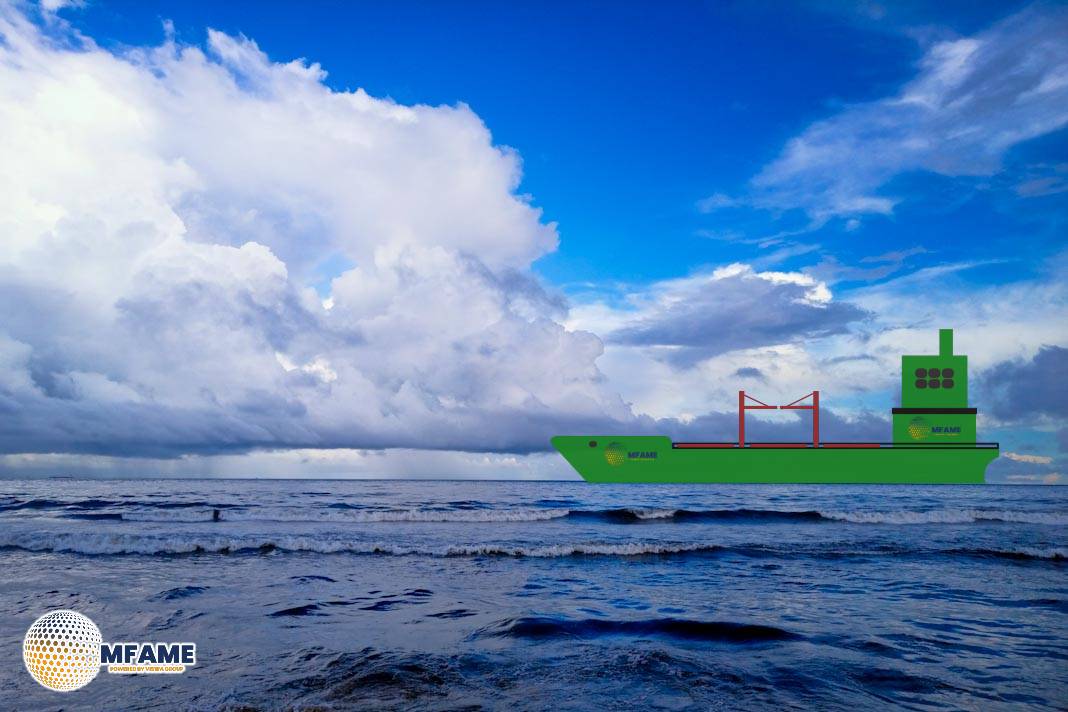The Port of Rotterdam experienced significant congestion in the first half of 2025, driven by rising container volumes and the handling of increasingly large vessels. However, a more fundamental concern for the Dutch hub is the weakening competitive position of European industry, which directly impacts the port’s integrated industrial cluster.
Container Congestion and Operational Strain
Rotterdam’s container throughput in the first half of 2025 saw a 2.7% year-over-year increase to 7 million TEUs, reclaiming its title as Europe’s busiest container port from Antwerp-Bruges. This growth was largely fueled by an 8.4% increase in imports from Asia and a 9.1% increase in trade with North America, reflecting rising European consumption.
Despite this volume growth, the port faced considerable pressure:
- Large Vessel Calls: The arrival of over 100 container ships with “call sizes” (containers loaded and unloaded) exceeding 12,000 TEUs contributed significantly to the congestion.
- Structural Shortcomings: The increasing throughput and larger call sizes are exposing existing structural inefficiencies within the port system. The Port of Rotterdam Authority emphasizes the need for “structural cooperation within the chain” to enhance efficiency and resilience.
- Operational Challenges: Congestion has been exacerbated by the phasing in and out of services due to changing carrier alliances, labor interruptions, and challenging weather conditions earlier in the year. These factors have led to increased waiting times on the land side of deep-sea terminal operations, though sea-side waiting times for large container ships were limited.
Weakening Competitive Position of European Industry
A deeper and more pressing concern for Rotterdam is the erosion of Europe’s industrial competitiveness. According to Boudewijn Siemons, CEO of the Port of Rotterdam Authority, the port has been “confronted with economic uncertainties, lagging investments and disruptions in supply chains.”
- Investment Climate: The current investment climate in the Netherlands is causing companies to delay or cancel investments, including those in sustainability initiatives.
- Production Shifts: Production is increasingly shifting to countries outside Europe where conditions are more favorable, directly impacting the industrial activity within Rotterdam’s port cluster.
- Security of Supply and Strategic Autonomy: Siemons stressed the port’s vital role in ensuring Europe’s security of supply for essential materials like energy and food. He also highlighted the importance of maintaining the competitiveness of port industries to safeguard Europe’s strategic autonomy.
- Industrial Closures: The decline in European industrial activity has had a direct impact on Rotterdam’s bulk handling volumes. Several chemical companies have announced plant closures in the Rotterdam area, resulting in hundreds of job losses and raising concerns about the future of the Dutch chemicals cluster.
Decline in Bulk Shipments
Mirroring the concerns about industrial competitiveness, Rotterdam’s bulk handling segment experienced a sharp decline in the first half of the year:
- Total Liquid Bulk: Decreased by 5.3% year-over-year to 96.2 million metric tons.
- Mineral Oil Products: Showed a significant 21.5% decline to 6.2 million metric tons. The port described this market as being in “backwardation,” where the current spot price is higher than future prices, making storage unprofitable.
Despite these challenges, factors like low water levels on the Rhine and U.S. import duties have not yet had a “demonstrable negative effect” on container handling in the first half of the year. However, the overarching concern remains the need for structural improvements and a revitalized competitive environment for European industry to ensure the long-term health of the Port of Rotterdam.
Did you subscribe to our daily Newsletter?
It’s Free Click here to Subscribe!
Source: S&P Global

















